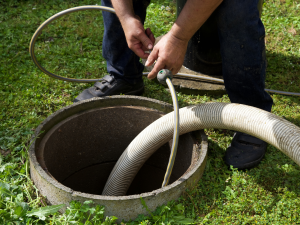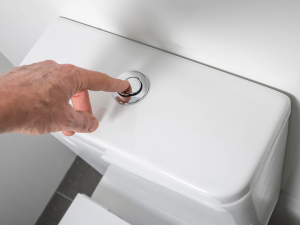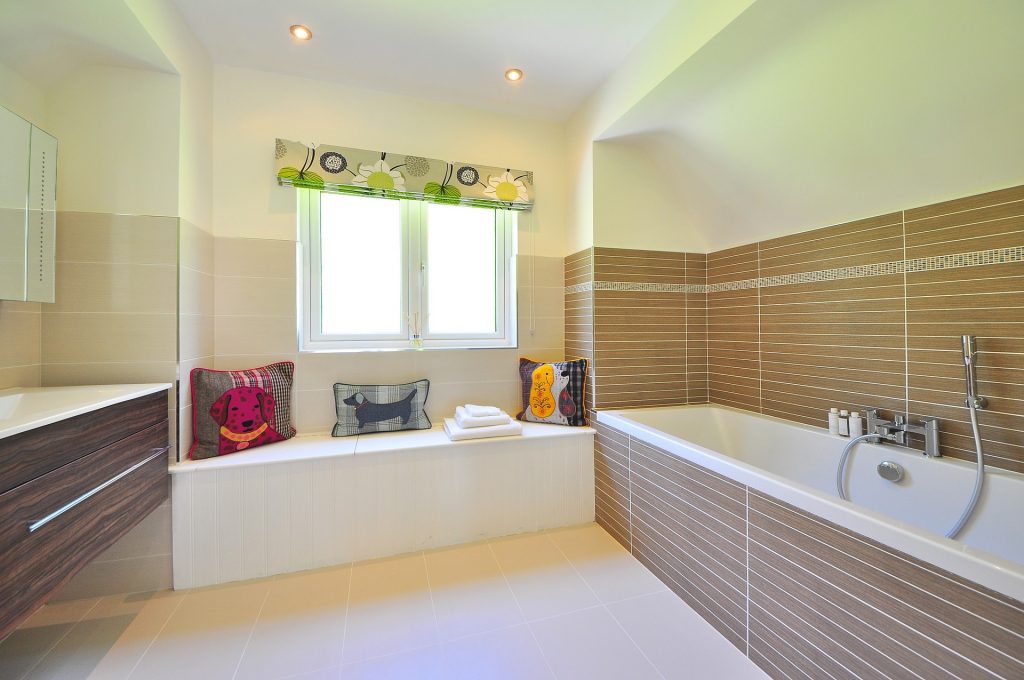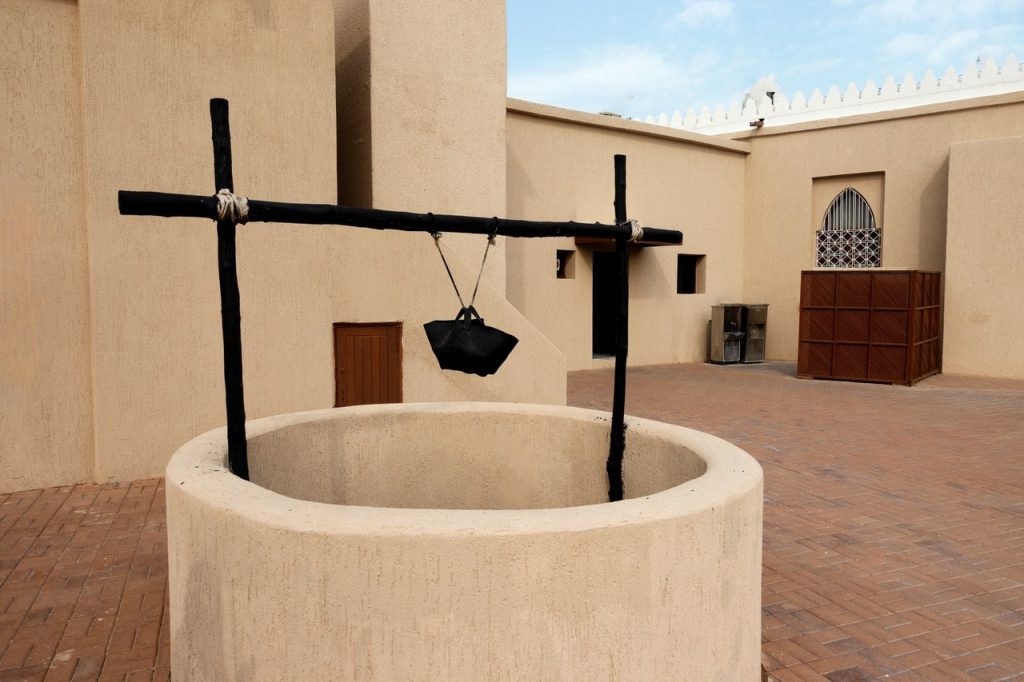There is no single answer to the question “How does plumbing work?” Each home is set up differently based on internal configuration. However, it’s easier to cover the basic commonalities and differences in your home’s plumbing system. As a result, we’ll aim to comprehensively discuss and break down Plumbing 101 for the average reader.
Whether you are looking at doing a bit of DIY work or needing to hire a plumber, you will want to understand the basics of your plumbing system so you can discuss your needs and explore your options. Let’s talk about some of the things you’ll want to know about your house’s plumbing.
Plumbing 101: What is Plumbing?
Home plumbing involves two systems. One is your water supply system, and the other is your drainage system. These two make up the core of your home plumbing.
Water Supply System
Your water supply system brings fresh water into your home, from a city or county water supply or a well. If you purchase water from your city or county it is supplied via the main pipeline that usually runs alongside your street. The water is then transported from this main line through a smaller supply line that connects to your home. This is where your home’s plumbing begins. While the main water supply is the responsibility of the provider, everything outside the main is yours to install and maintain. If you are using a well, the pipes pumping water from it are a part of your home plumbing system.
Drainage System
Though they are considered a part of your plumbing system, your water supply system and your drainage system are not connected—and for good reason. Instead, you have what plumbers refer to as bridge fixtures. You know these by more common names: sinks, faucets, washing machines, etc. Your water supply will enter a fixture, but will not leave using the same pipes. Instead, it filters through the bridge fixture and exits through separate drainage pipes. While your incoming water may be pressurized, your drainage system is mostly gravity-based and relies on the flowing water to push the contents that enter it down the line and out of your home through a series of pipes, traps, and vents.
Interior Plumbing: The Kitchen
Most of your kitchen’s plumbing is behind the walls or hidden beneath cabinets. It consists of incoming cold water lines connected to the supply line running from your water source and hot water lines that are connected to the water heating system you have in your home. You may have other items connected to the incoming cold water line such as a dishwasher, coffee maker, or ice maker in your fridge. Your sink empties into your home’s drainage system through a larger pipe that feeds out to the main drain line. There may also be a separate line running to a washing machine.
Interior Plumbing: The Bathroom
Like your kitchen, your bathroom faucets in sinks and showers are fed from the same cold water line that supplies your kitchen sink. In most instances, your toilet also fills from this source, although a few homes may utilize a secondary source to fill their toilet tanks, like from a well that isn’t fit for drinking. The drainage system in your bathroom connects through pipes to the same main drainage line as your kitchen sink and shower. This is why any blockages present may push back out through different places than where they exited.
In short, if you have drainage from your toilet backing up into your sink or shower, it’s not a simple fix like if you have a bit of hair stopping up the trap in your sink. Your problem is likely located much deeper in your system, either in the main drainage leading to your city or county’s sewage system or in your septic tank. You’ll need to call a professional right away.
Tips for Maintaining Your Plumbing
Water Heater Maintenance – Drain or flush your water heater at least twice per year. Sediment that builds up in your water heater can reduce its efficiency and shorten its lifespan in addition to causing damage, especially in a tankless variety. Check for leaks and if you see signs of problems, call a plumber.
Winter Is Coming – Make sure your pipes are protected so they don’t freeze. Frozen water expands and can burst pipes that are in hard-to-get places, doing great damage as they thaw.
Install strainers – Strainers placed on drains will keep debris from entering and clogging up pipes. Be sure to check and replace them as needed, as they will wear down over time.
Clean Your Pipes – There are a lot of pipe cleaning products on the market, but some are ineffective, and others are far too harsh. Opt for a natural enzyme-based cleaner to keep your drains clear and keep them in good working order for years to come. Instead of harsh chemicals, enzyme cleaners put harmless bacteria in your plumbing that will break down clogs and send them away.
Keep the Pressure Up – If you notice a reduction in water pressure and there is no indication that this is a result of something your supplier has done—they usually will post on their website if there is a temporary issue affecting your pressure—you need to call a plumber immediately. Failure to do so could result in even more damage from leaking or broken pipes. Likewise, too much pressure can be a problem. Have a plumber install a pressure reduction valve.
Outside Plumbing Lines – Know where your plumbing lines are located before planting trees where roots may grow into them or digging where you may hit a pipe. If there are already trees near your line, you may want to have a professional come out and snake them regularly as a preventative measure.
Don’t Flush That! – Make sure everyone in your home knows not to flush items that may clog your toilet’s drainage system or fill your septic tank.
With proper care, you should have very few concerns with your home’s plumbing system, but if you do, always consult a professional.














